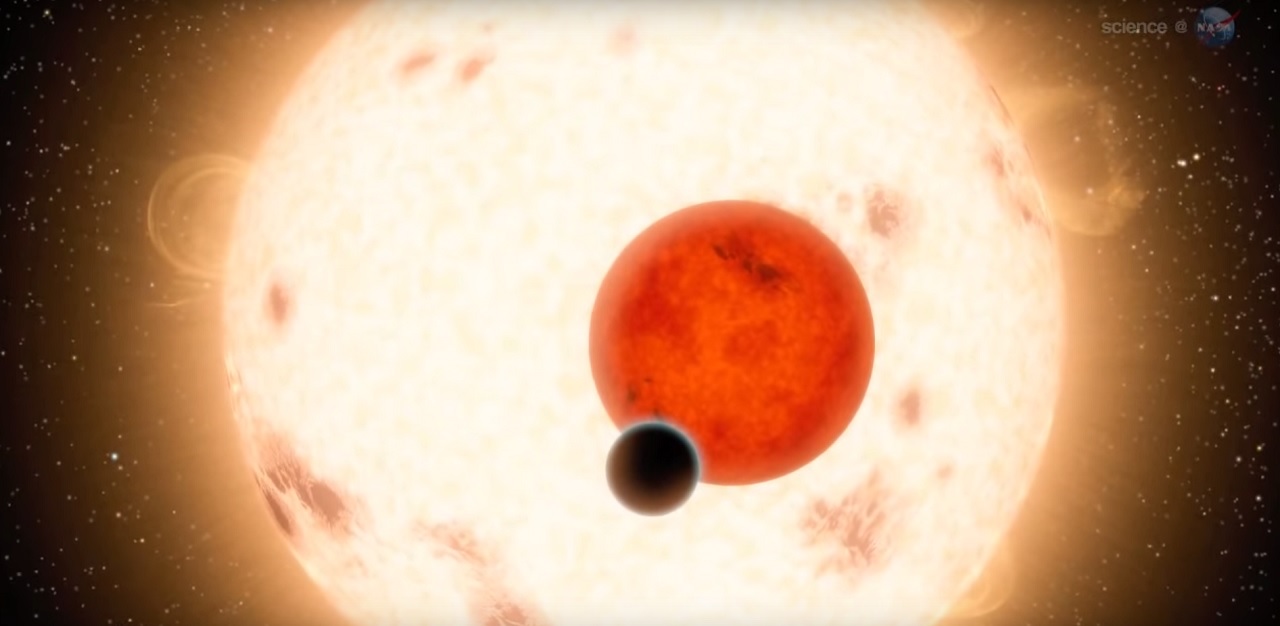
An international team of astronomers led by Joel Hartman of Princeton University has detected two new “hot Jupiter” exoplanets. They are less massive than our solar system’s biggest planet, but with a radius larger than they should have.
The researchers call for further investigations and new detection techniques to determine precisely what causes the inflation process in gas giant planets.
“One way to make further progress on this problem is to build up a larger sample of inflated planets to identify patterns in their properties that may be used to discriminate between different theories,” the researcher wrote in the paper.
This NASA ‘Science cast’ features this exotic class of exoplanets called “hot Jupiters”. While these worlds may have Earth-like blue skies, new data show that they are anything but Earth-like.

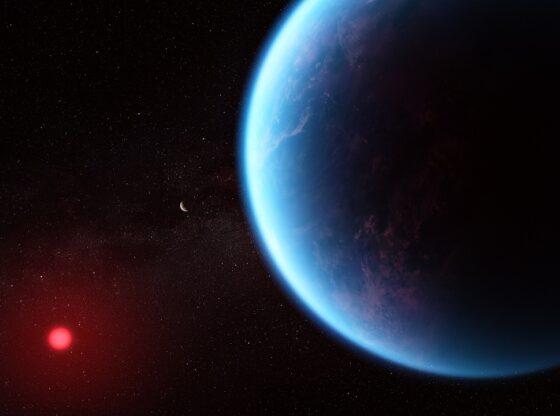
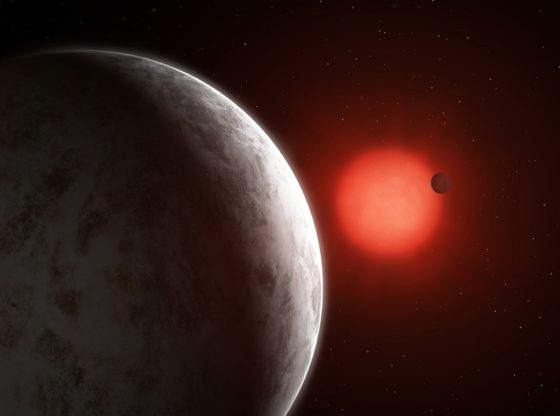
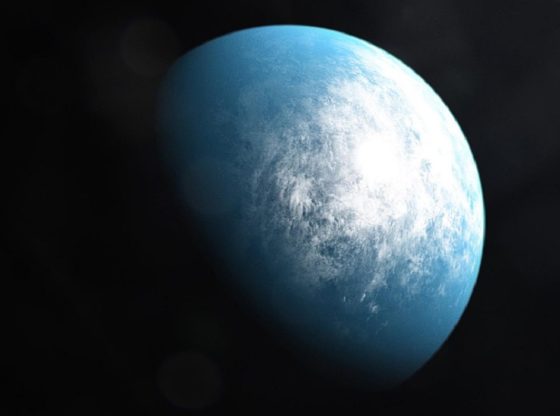
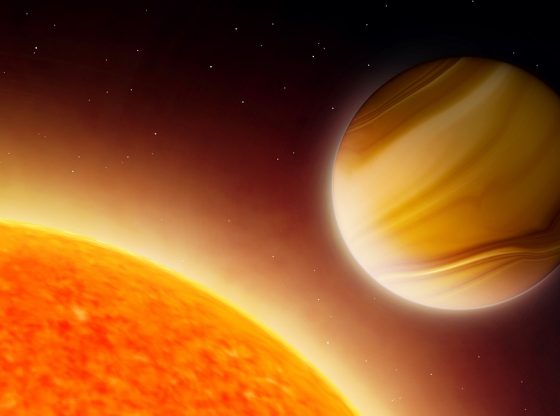
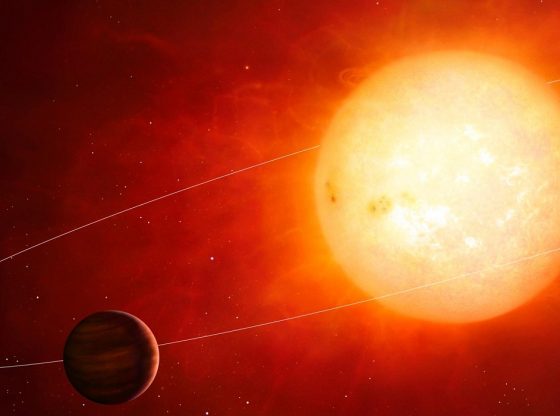
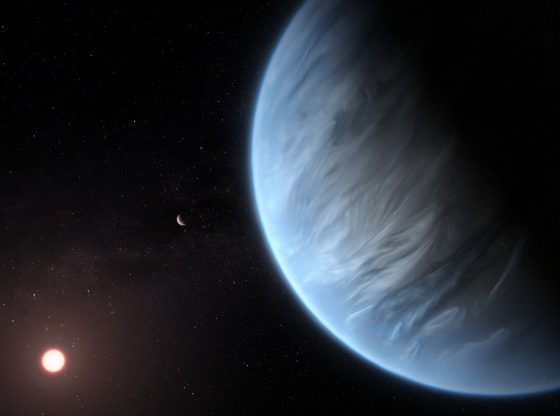
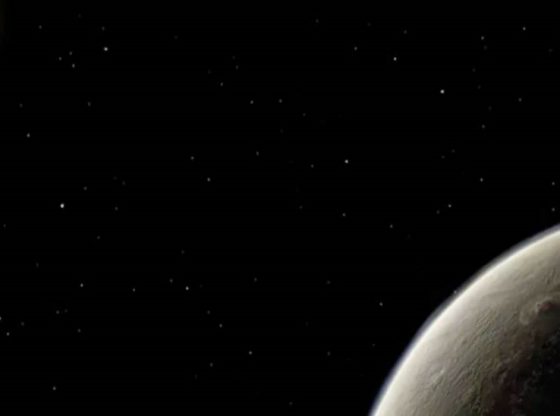
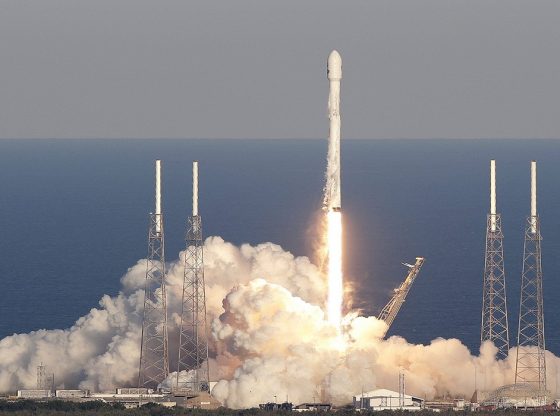
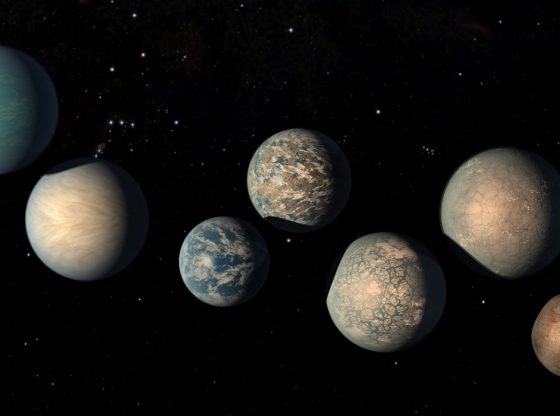
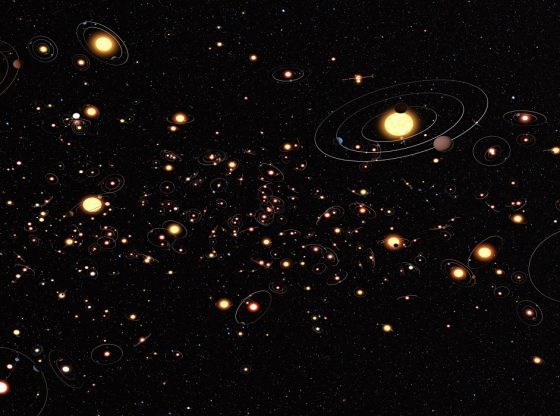
![OpenAI. (2025). ChatGPT [Large language model]. https://chatgpt.com](https://www.illustratedcuriosity.com/files/media/55136/b1b0b614-5b72-486c-901d-ff244549d67a-350x260.webp)
![OpenAI. (2025). ChatGPT [Large language model]. https://chatgpt.com](https://www.illustratedcuriosity.com/files/media/55124/79bc18fa-f616-4951-856f-cc724ad5d497-350x260.webp)
![OpenAI. (2025). ChatGPT [Large language model]. https://chatgpt.com](https://www.illustratedcuriosity.com/files/media/55099/2638a982-b4de-4913-8a1c-1479df352bf3-350x260.webp)








